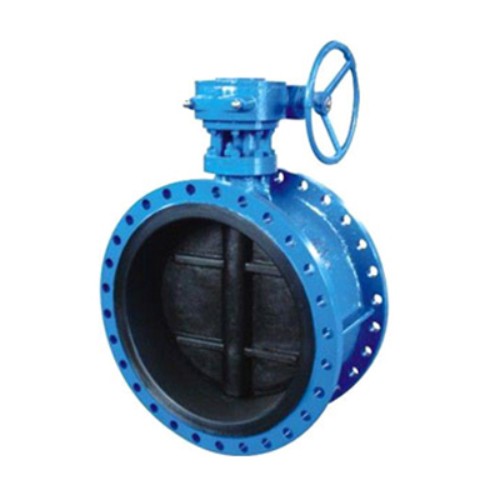Remote Controlled Ball Valve for Efficient Fluid Management and Automation Solutions
Understanding Remote Ball Valves A Comprehensive Overview
In industrial applications where efficient fluid control is paramount, remote ball valves stand out as an essential component. These valves not only provide effective regulation of flow but also offer the added benefit of being operated from a distance, making them perfect for hard-to-reach areas or hazardous environments. This article aims to delve into the construction, operation, applications, and benefits of remote ball valves.
Construction and Working Principle
A remote ball valve consists of a spherical disc (the ball) with a hole through its center, which controls the flow of liquids or gases. When the ball is aligned with the flow, the valve is open; when turned 90 degrees, the flow is blocked. What distinguishes remote ball valves from traditional ones is their actuation mechanism. Typically, these valves are controlled via electric, pneumatic, or hydraulic actuators, which enable the operator to open or close the valve without needing to be physically present at the site.
These actuators can be powered by various sources, including electric motors, compressed air, or hydraulic fluid pressure. The choice of actuator largely depends on the specific application requirements, including the nature of the fluid, the distance from the control point, and desired response times.
Advantages of Remote Ball Valves
1. Safety Remote operation drastically improves safety, especially in environments where exposure to hazardous materials is a concern. Operators can control the flow of corrosive or toxic fluids from a safe distance, minimizing the risk of accidents.
2. Efficiency In many processes, the ability to control flow remotely can enhance operational efficiency. This is particularly true in large facilities with numerous valves, where manually adjusting each valve could lead to time delays and increased labor costs.
3. Automation Compatibility Remote ball valves can easily integrate into automated systems, allowing for real-time monitoring and control. This integration helps in processes such as chemical mixing, water treatment, and oil and gas production, where precise flow management is critical.
remote ball valve

4. Space Optimization In many applications, especially in industries such as pharmaceuticals or food processing, space is at a premium. Remote ball valves can often be installed in locations that are otherwise difficult to access, thereby optimizing the use of available space.
5. Durability and Reliability Constructed from high-quality materials such as stainless steel, remote ball valves boast both durability and reliability. Their simple design means fewer parts are prone to wear, contributing to a longer service life and lower maintenance costs.
Applications of Remote Ball Valves
The versatility of remote ball valves has led to their widespread use across various industries
- Oil and Gas In upstream and downstream operations, the ability to control flow remotely enhances safety and efficiency, especially in offshore rigs or refineries. - Water Treatment These valves are crucial in managing the flow of water and chemicals in treatment plants, ensuring that processes run smoothly and safely. - Pharmaceuticals and Food Processing The hygiene standards required in these industries make remote ball valves an ideal choice due to their ease of cleaning and reliable operation.
- HVAC Systems In heating, ventilation, and air conditioning systems, remote ball valves help regulate the flow of fluids, improving energy efficiency and comfort.
Conclusion
Remote ball valves represent a significant advancement in flow control technology, combining safety, efficiency, and reliability. With their myriad applications across critical industries, these valves not only facilitate better management of fluid systems but also contribute to enhanced operational safety. As technological advancements continue to emerge, the future for remote-operated systems looks promising, paving the way for even more sophisticated solutions in fluid management and control. Embracing such innovations will be vital for industries aiming to improve productivity while ensuring safety and compliance with ever-evolving regulations.
-
The Key to Fluid Control: Exploring the Advantages of Ball Valves in Industrial SystemsNewsJul.09,2025
-
The Versatile World of 1, 2, and 3 Piece Ball ValvesNewsJul.09,2025
-
Stainless Steel Ball Valves: The Ideal Choice for Efficient Flow ControlNewsJul.09,2025
-
Optimizing Fluid Control with Ball Float ValvesNewsJul.09,2025
-
Manual Gate Valves: Essential for Control and EfficiencyNewsJul.09,2025
-
Everything You Need to Know About Butterfly ValvesNewsJul.09,2025
-
The Versatility of Wafer Type Butterfly ValvesNewsJul.08,2025




